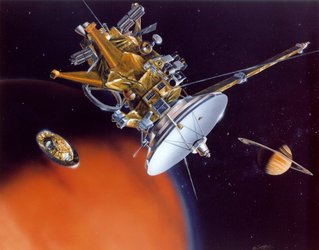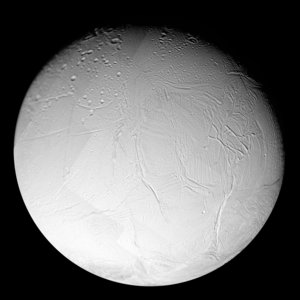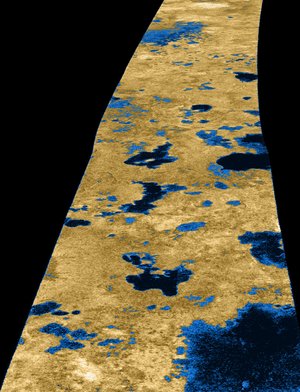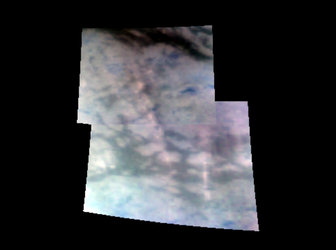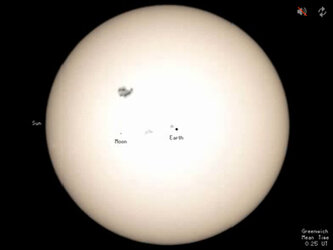Frictional heating explains plumes on Enceladus
Rubbing your hands together on a cold day generates a bit of heat and the same process of frictional heating may be what powers the geysers jetting out from the surface of Saturn's moon Enceladus.
Tidal forces acting on fault lines in the moon's icy shell cause the sides of the faults to rub back and forth against each other, producing enough heat to transform some of the ice into plumes of water vapour and ice crystals, according to a new study published in the 17 May issue of the journal Nature.
Read the full story on the NASA JPL website





